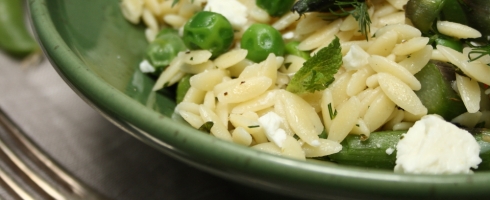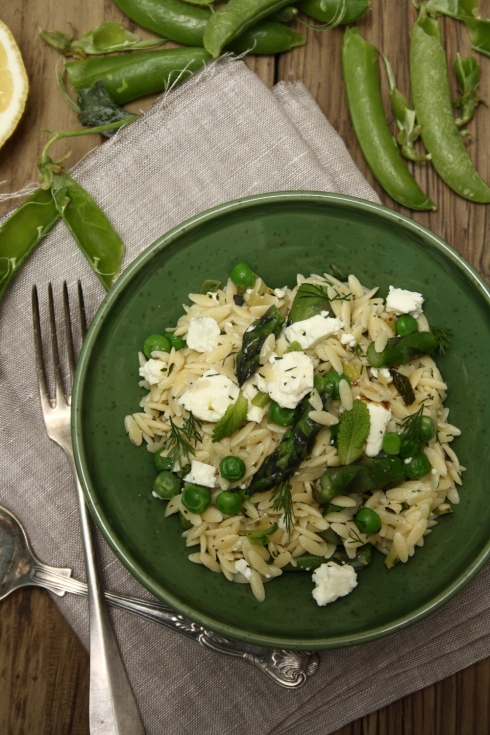
The Washer Up’s dad came to stay for a few days and we decided to take him to the Alhambra in Granada.
In 40 degree heat.
 Alhambra translates as The Red Fortress. Its palaces were built in the middle of the 14th century for the last Moorish kings of Spain and their court. It is a World Heritage site and a unique and beautiful example of Muslim art and architecture.
Alhambra translates as The Red Fortress. Its palaces were built in the middle of the 14th century for the last Moorish kings of Spain and their court. It is a World Heritage site and a unique and beautiful example of Muslim art and architecture.

The majority of the palace buildings are built in the same style, with all the rooms opening out on to a central courtyard. 
The Alhambra was extended by the different Muslim rulers who lived there but each new section followed the theme of “Paradise on Earth” by using column arcades, elaborately decorated archways, fountains with running water and reflecting pools.
Blue, red and a golden-yellow, all somewhat faded with time are the main colours used for tiles and decoration.

 The Alhambra was made into a city, complete with an irrigation system composed of acequias (water channels) for the gardens of the Generalife located outside the fortress. These acequias are still used today throughout Andalucia for irrigation.
The Alhambra was made into a city, complete with an irrigation system composed of acequias (water channels) for the gardens of the Generalife located outside the fortress. These acequias are still used today throughout Andalucia for irrigation.
 Generalife means Gardens of the Architect. The Palacio de Generalife is a villa dating from the beginning of the 14th century. Whilst fountains and flowing water are a common feature around the Alhambra, they are particularly prevalent in the Palacio de Generalife.
Generalife means Gardens of the Architect. The Palacio de Generalife is a villa dating from the beginning of the 14th century. Whilst fountains and flowing water are a common feature around the Alhambra, they are particularly prevalent in the Palacio de Generalife.

The gardens of Generalife were definitely my favourite part of the Alhambra. It may have something to do with all the running water cooling the air and the shade created by the trees. The flowers were beautiful too.

You can actually imagine Arabian princesses running around giggling and hiding behind trees from handsome princes. As you can probably tell I read a book before going: Tales of the Alhambra by Washington Irving.

It was published in 1832 and immediately attracted pilgrims to Granada from all over the world. He was an American diplomat, historian & traveller who actually lived in the Alhambra for a while.

It paints a romantic, colourful impression of local legends and traditions as well as telling enchanting tales of Moorish princesses, towers, love and war. I would definitely recommend reading it if you are thinking of visiting or are interested in the history of Moorish Spain.


The picture below is of the Washer Up’s dad, Jim Burns. He is a published poet and writer and a recognised authority on 1930’s -1950’s Beats & Bebop Jazz. He is also an expert on the Spanish Civil War and 19th Century European art and history.
He is 75 and fared better than us on this exceedingly long, hot day. We walked around the Alhambra for around 6 hours in the blazing sun.

He didn’t even fall asleep in the car on the way home. We were listening to Miles Davies though.

Like father like son. The Washer Up loves his music too. He’s more into early punk than jazz but his dad bought him the first Sex Pistols record Anarchy in the UK when it was released in 1976. He was 13.

Fattoush is a Middle Eastern salad made with toasted or fried pieces of pita bread, fresh herbs and seasonal vegetables. Fattoush belongs to the family of dishes known as fatta which means crushed. Stale flatbreads are used up by crushing or crumbling them into the dish, a lot like the Italian Panzanella salad.

This is a salad we served at the restaurant. Instead of using stale pita we cut soft flour tortillas into triangles, deep-fried them and sprinkled them with sumac and cumin while still warm. This way you get crispy, spicy crackers to eat with your salad and it also makes for a more dramatic presentation. You just arrange them pointy side up around the serving bowl.
They are also great for dipping in hummus.

The basic ingredients for a fattoush salad are: salad leaves, tomatoes, cucumber, onion, radish, mint, parsley, sumac, fried bread, olive oil and lemon juice.
With that as your starting point you can add whatever else you like: feta, olives, dates, peppers, garlic, pomegranate seeds, the list goes on….

I like to add a little sweetness to counteract the sour lemon juice and sumac. Chopped dates are lovely but I had a fruit bowl full of gorgeous looking nectarines just desperate to be included.
I remembered seeing a recipe in the Ottolenghi Cookbook (I know, I’m obsessed) for a chargrilled peach salad with speck and orange blossom. I didn’t need any more encouragement than that. Any excuse too use my new griddle pan and I’m happy.

Chargrilled Nectarine Fattoush Salad
serves 2, vegan
- 2 nectarines, stoned & sliced into wedges (not too soft, firm but ripe is best for grilling)
- 1 or 2 tbsp olive oil
- salt & pepper
- 1/2 clove garlic, crushed
- 1/2 tsp salt
- the juice of 1/2 a lemon
- 1 tsp finely chopped preserved lemon rind (optional)
- 2 tbsp extra virgin olive oil
- 1 big beef tomato, chopped
- 1 tsp sumac
- 1 tsp ground cumin
- 1/2 cucumber, halved, deseeded & cubed
- 2 spring onions (or half a Spanish spring onion), sliced diagonally
- 2 or 3 radishes, thinly sliced (I didn’t have any)
- 1 bag mixed salad leaves, or a mixture of rocket and cos lettuce, chopped
- a handful of fresh parsley, chopped
- 5 or 6 mint leaves, chopped
- 1 tsp orange blossom water (optional)
- 1 soft flour tortilla, cut into eighths (or some stale pita, torn into pieces)
- sunflower oil for deep-frying
- sumac & cumin for sprinkling
- salt & black pepper
Toss the nectarine wedges with some olive oil, salt & pepper in a bowl. Heat up your griddle pan and cook the nectarines for a minute or so on each side until they get some nice charcoal lines all over. Remove to a bowl and cook the rest, if necessary then sprinkle over the orange blossom water and leave to cool.
Heat the sunflower oil in a wok or deep frying pan over a medium high heat. You can tell when it’s hot enough by sticking a corner of tortilla in and seeing if it sizzles. Carefully put the tortilla triangles (2 batches will be best you don’t want to overcrowd the pan) into the hot oil and cook for 10-20 seconds or until they are a golden colour. Be careful they burn quickly.
Remove to a bowl lined with kitchen paper and sprinkle over some salt, cumin and sumac. Do the same with the rest and leave to cool. Once cooled they can be stored in an airtight container for a few days.
Put the garlic, salt, lemon juice, preserved lemon and olive oil into a large bowl with the tomatoes, sumac and cumin and stir together well.
Just before serving add the cucumber, spring onions, radishes, salad leaves, fresh herbs and any other ingredients (except the nectarines) to the bowl and toss everything together. Check for seasoning and add more salt if necessary.
Either serve in one big bowl/ serving dish or in individual dishes. Arrange the chargrilled nectarines on top and place the tortilla crackers around the edge of the plate so it looks like a crown. Sprinkle over a little sumac and take to the table.

It’s a royal looking salad fit for the last Moorish King of Spain.
A word of advice, if you are thinking about going to the Alhambra, I wouldn’t recommend going in the summer, May or October would be nice. I’ll try and remember that next time!
Tags: Alhambra, Bread, fattoush, fried, Granada, Middle Eastern, mint, Moorish, nectarine, orange blossom water, parsley, pita, recipe, salad, sumac, summer, tortillas, vegan, Vegetarian




























































































































